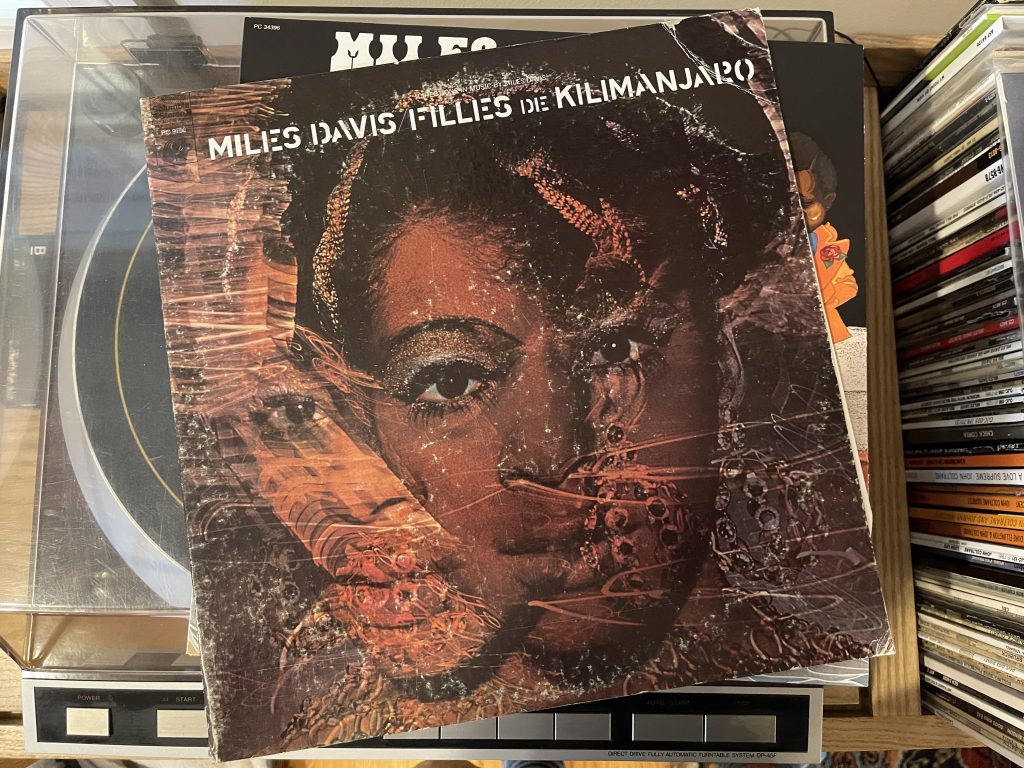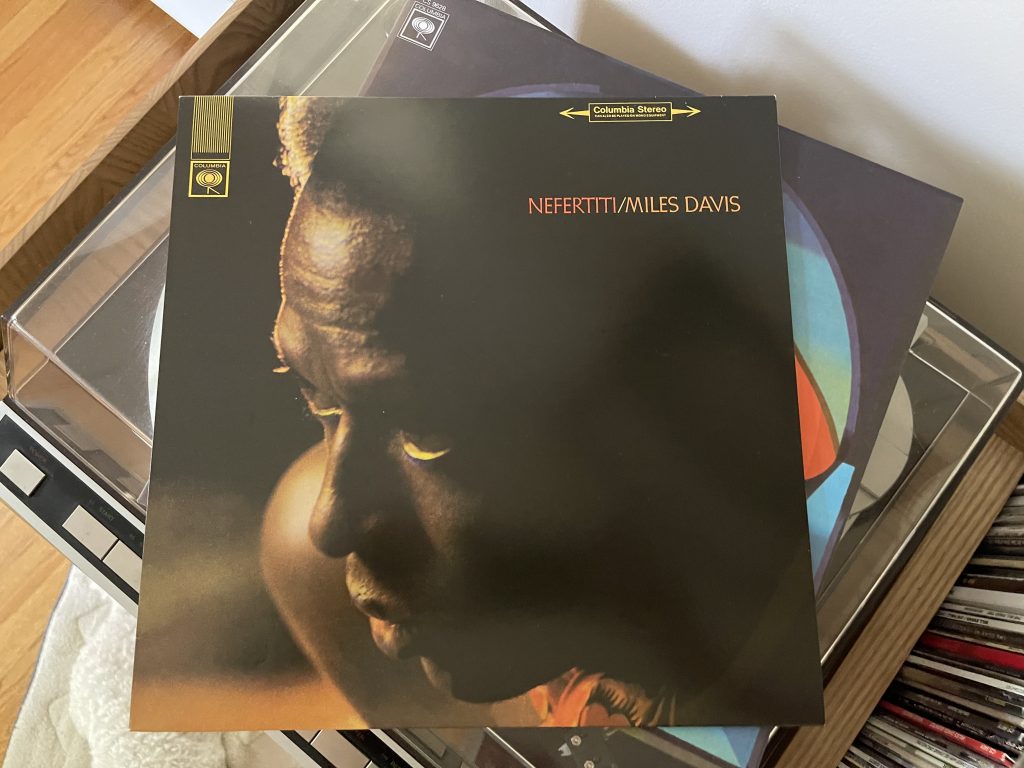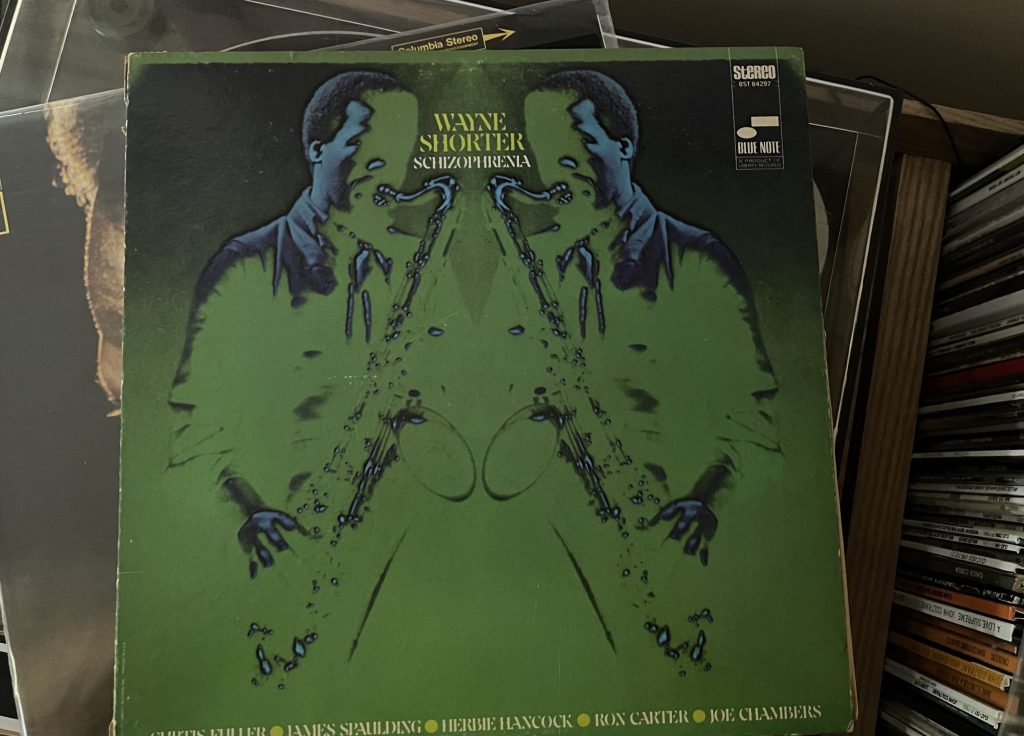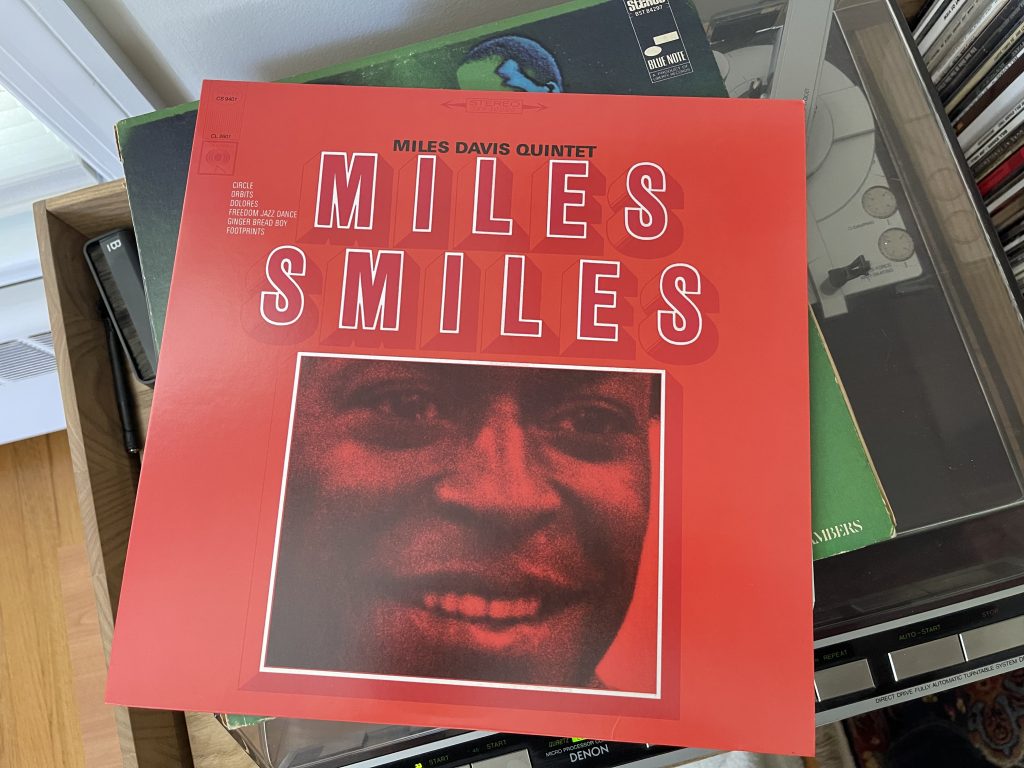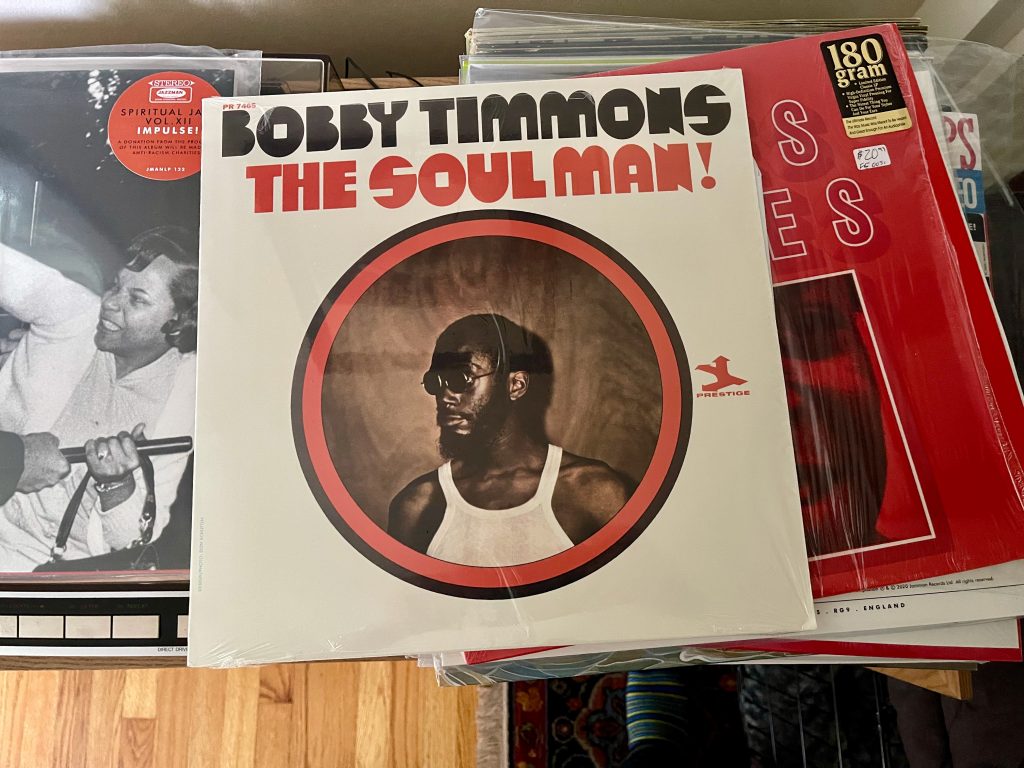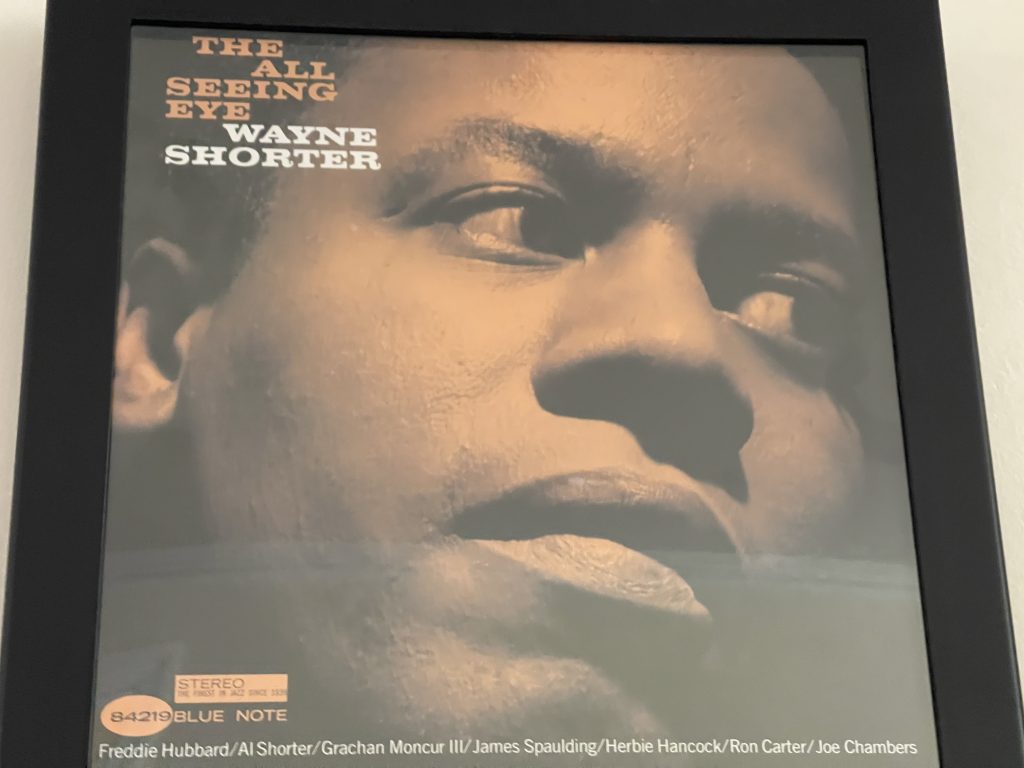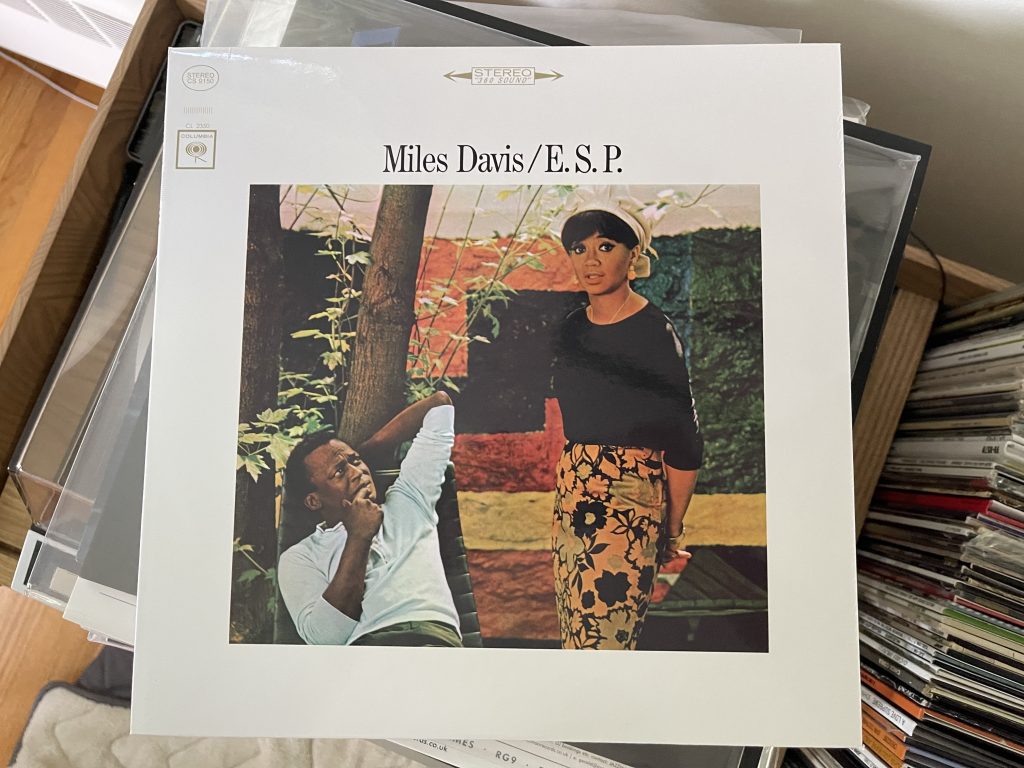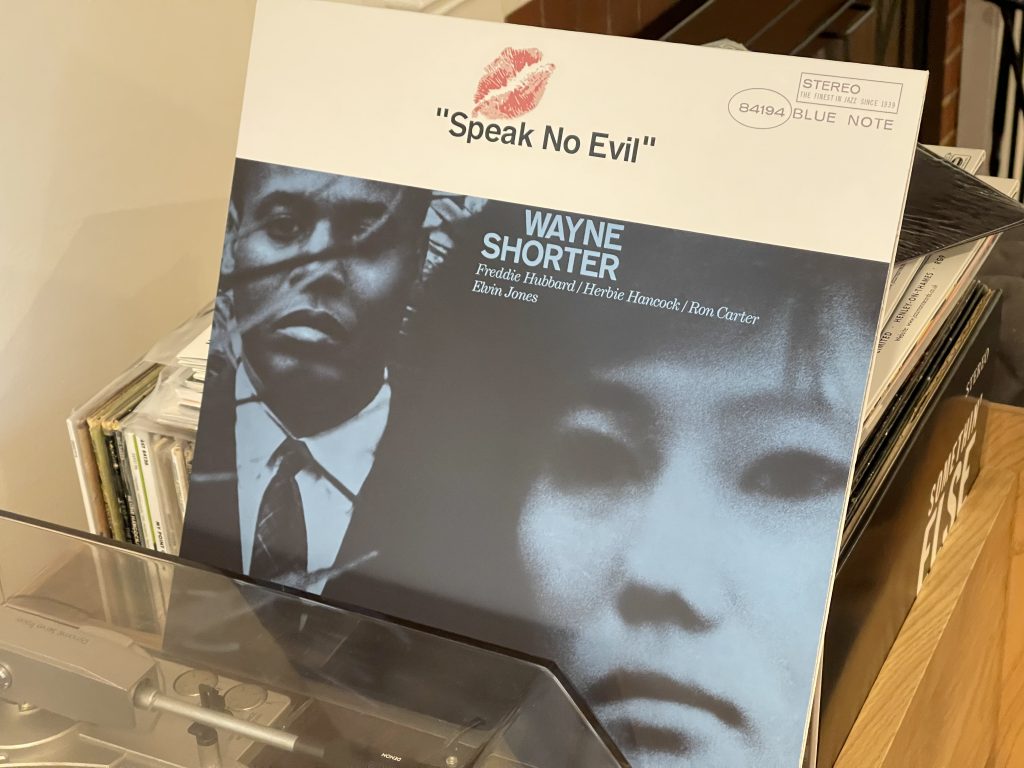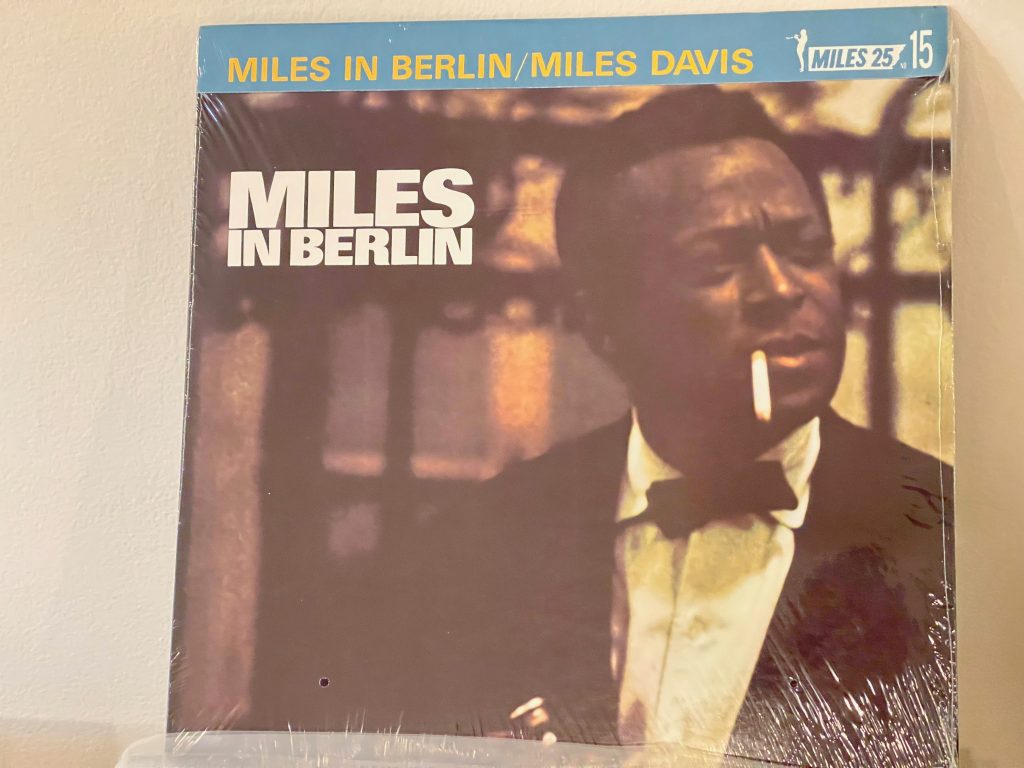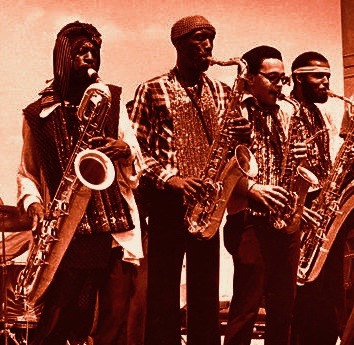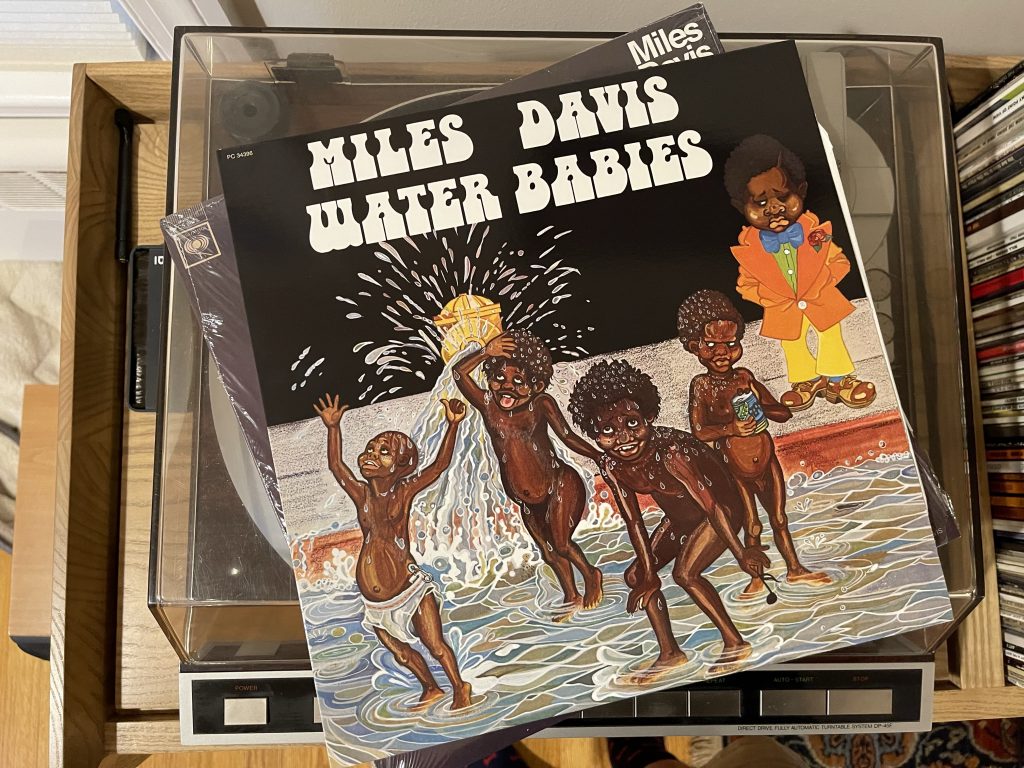
Album of the Week, August 13, 2022
We’ve talked about how Miles and his band—er, bands—spent a lot of time in the studio between mid-1967 through 1968, recording the sessions that became Sorcerer, Nefertiti, Miles in the Sky, and Filles de Kilimanjaro. But those albums aren’t the whole story. There was enough material left uncollected from these sessions to fill several albums. And in 1975, Columbia Records began filling them.
At that point, Miles had retired—temporarily, it turns out—due to “health reasons.” In this case the euphemism was at least partly accurate. His hip pain, still present after the replacement he had done in 1965, was worsening. But he was also suffering from the rock and roll lifestyle that he embraced (spoiler alert) following Bitches Brew, and his addictions to alcohol and cocaine almost certainly played a role in the decision to retire.
Whatever the cause, Columbia started looking in its vaults and realized it had a huge number of unreleased tracks, so they queued up the process of releasing them. One of the first sets to come out is today’s album, Water Babies. Recorded in two sessions, one with the Second Great Quintet following Nefertiti and one with Chick Corea and Dave Holland joining Tony, Miles and Wayne following Filles, and with all but one track composed by Wayne Shorter, the album is a fantastic transitional document that sheds light on what the quintet got up to among the other sessions we’ve heard. (Note: this review was written from the LP, so omits “Splash,” another Wayne Shorter tune that closes out the CD and digital versions of the album.)
In the case of the title track, they were recording a masterpiece. “Water Babies,” recorded the same day as “Nefertiti,” is a tense modal waltz that features all the trademarks of the quintet: telepathic handoffs between the horns, brilliant solos, and a genius rhythm section that elevates the tune to the next level. Like some of Shorter’s other comppositions, this one was released in versions both with Miles and with his own band; we’ll hear a very different version of the track soon.
The same group recorded “Capricorn” six days later. It’s a looser track that ambles without rambling, somehow. Anchored by Ron Carter’s brilliant walking bass, both horns go far out in solos that are unanchored by chords, as Herbie lays out for all but the choruses and his right-hand solo. The stylistic approach is a more relaxed version of the quintet that both foretells the genial humor of “Pinocchio” and looks forward to some later
“Sweet Pea,” the last of the numbers from the 1967 Nefertiti sessions, is a melancholy ballad that opens with Miles freely improvising over the rhythm section, and gradually moving into time, prodded by the accelerating exaltations of Tony Williams’ drums. Wayne Shorter’s solo is sublimely meditative in the spirit of “Iris” and “Miyako”; Herbie Hancock’s statement that follows is another in the series of proof points that the composer of “Blind Man, Blind Man” need cede no ground to Bill Evans or other subtle artists of the keyboard.
The second half of the album, recorded in a session in November 1968, features the Filles quintet, plus Herbie Hancock. At this point Miles had begun to explore the sound possibilities of multiple keyboard instruments, so we get to hear both Chick Corea’s chunky electric piano sound and Herbie’s Fender Rhodes under Miles’ initial free exploration of the harmonic space in the opening of “Two Faced.” An extended solo by Herbie follows, with the rhythm section leaning into a rock inspired riff by way of Tony Williams’ polyrhythms. A brisk Wayne Shorter solo follows over the sounds of the two electric pianos playing against each other, tossing riffs and sounds back and forth. When Miles’ trumpet returns, he and Shorter continue the duality theme by tossing phrases back and forth to each other, returning them extended, slurred, blurred, but otherwise still recognizable. Corea’s solo at the end seems to point the way to a different direction, with some of the atmosphere of Hancock’s electric piano but more of an incisive bite.
“Dual Mr. Anthony Tillman Williams Process,” which is sometimes mislabeled as “Dual Mr. Tillman Anthony” on reissues, The solo non-shorter composition on the record, this appears to start as an improv by Miles and Williams passing bars back and forth, Holland and the rhythm section pick up on the idea and morph it into a blues that wouldn’t be out of place on a later Herbie Hancock record, as we’ll see in a few weeks. Miles doesn’t return to take a solo for another four or five minutes, and both he and Wayne lean into the blues. The track ends as a meditation on the theme by the rhythm section. It’s a brilliantly tossed off bit of joy.
For a “compilation album,” Water Babies hits some pretty high notes. Far from scraping the barrel, it appears to open the door to a vast storeroom of possible discoveries from this incredibly fertile period in Miles and the quintet’s discography. We’ll hear the next official release in that series next time.
You can listen to the album here:

